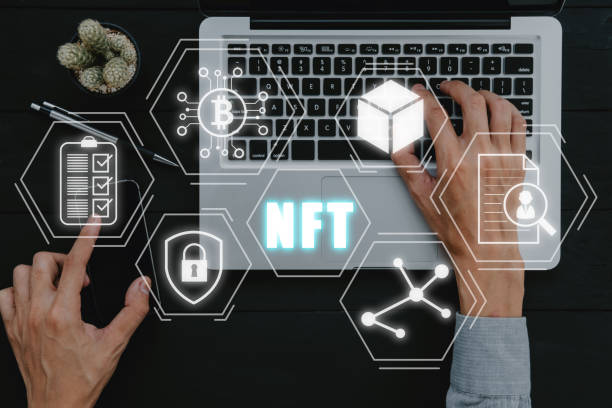Recently, I’ve had the opportunity to speak with several people who are head-ups of their company’s voice-of-the-customer (VoC) and customer experience (CX) programs. Each company has its unique way of gathering information about how customers view their products and services.
A company’s VoC solution measures how 120,000 employees (internal clients) feel about their business and IT services. The company uses a mix of quarterly satisfaction scores, executive engagement surveys, and instant customer satisfaction surveys to measure how well its team is performing. The company must immediately respond to any low scores so employees feel heard. The next poll measures any changes that have been made as a result of the survey results.
Alzheimer’s client, another B2B enterprise software provider, customizes their customer feedback surveys for each customer. Each of the company’s few hundred customers is worth millions. The company interviews senior executives of each customer face-to-face. However, the majority of users receive surveys via email. The customer business manager, who is responsible for the account, then reports the results of the face-to-face meetings. This allows all the data to be stored and analyzed both individually and collectively. Customer business managers’ performance and compensation are tied to feedback. They are responsible for creating plans to act on feedback.
All voices are not the same.
All voices matter in a B2B relationship, but they are not all equal. In a large company, the strategies used to address senior executives’ concerns are different than those for a contact on a daily basis.
It doesn’t mean that the issues of the person who deals with customers on a daily basis are not valid. They’re just different. Users may be more concerned about training and support, whereas executives are concerned with higher-level business concerns such as ROI and adoption rates.
The difference between the perspectives of an executive and a front-line employee is what makes Alchemer SVP for Product and Services Ryan Tamminga say, “NPS may be accurate in direction, but it’s wrong.” The Net Promoter Score may tell one story, but senior executives might tell another. Renewals are harder if you lose one of your audiences – the users of your product or their executives.
All customers are different.
VoC programs tend to give equal weight to each vote. A little research may show that some customers are more valuable than others. Your high-value clients might have different opinions from those who have only dabbled in your product. If you treat a large enterprise with the same weight that you would give to a small business, then your feedback strategy may be biased towards small companies at the expense of larger enterprises.
Some customers are even more expensive and difficult than others. Some customers cost you even more than they’re worth. In an ideal world, you would want all your customers to be happy and engaged. However, if your customer service or support team puts in too much effort to make one customer happy, it could result in changes that help that client but not your most profitable clients. This could lead to exactly what you do not want: retaining more unprofitable clients while driving away your profitable customers.
You need to identify and isolate each piece of feedback to understand the voices of your customers. Pair it with customer records.
You can then use this information to make better decisions for your business. You can then make better business decisions.
Do not focus on scores, but rather improve your business.
“We all have blind spots,” says the global head for VoC of an enterprise software company. Fear of feedback is a real thing. Wouldn’t it be better to know what you need to fix?
The company measures the whole customer experience. He explains that “NPS isn’t a key metric” for the company. It’s important to consider all of the data you have in order to understand how customers experience your products and services.
What are the costs of focusing on increasing scores? Do you want to build customer relationships where your team customizes your service or solution for free, and when could you charge for it? This is the danger of relying solely on NPS or any other score of customer satisfaction.
A good VoC program, while providing trending statistics, will also provide specific examples of positive, negative, and ugly feedback. The majority of VoC programs only share positive feedback. It is important to consider all input, including challenges reported. This is an area where you can make improvements. This is where you can show that you care about your customers.
Listen but also act
The majority of people forget the unspoken agreement that customers expect proof that you listened to them when they give you feedback. You will receive increasingly negative feedback if you ask for only the purpose of compiling a report.
How many surveys are you receiving from the companies that you purchase from, and how many of them do you respond to? You’re probably like the majority of people and only answer those surveys that offer a way to react beyond the thank-you screen.
Each customer response that your organization receives will create a specific action item for someone within your organization. The people who are responsible for responding to customers may not always be the same person. Different team members may be required to handle various customer segments, responses, or locations.
An executive from one of our clients – an enterprise software company – received an email on a Friday notifying him that a client had given their team a score of 1 out of 10. A low score by the customer triggered an automated workflow that opened a ticket for customer support with the weekend team. The executive did not only respond to the client over the weekend but also told him how the company would fix the problem. The problem had already been fixed by the time the senior stakeholder arrived at the office on Monday.

